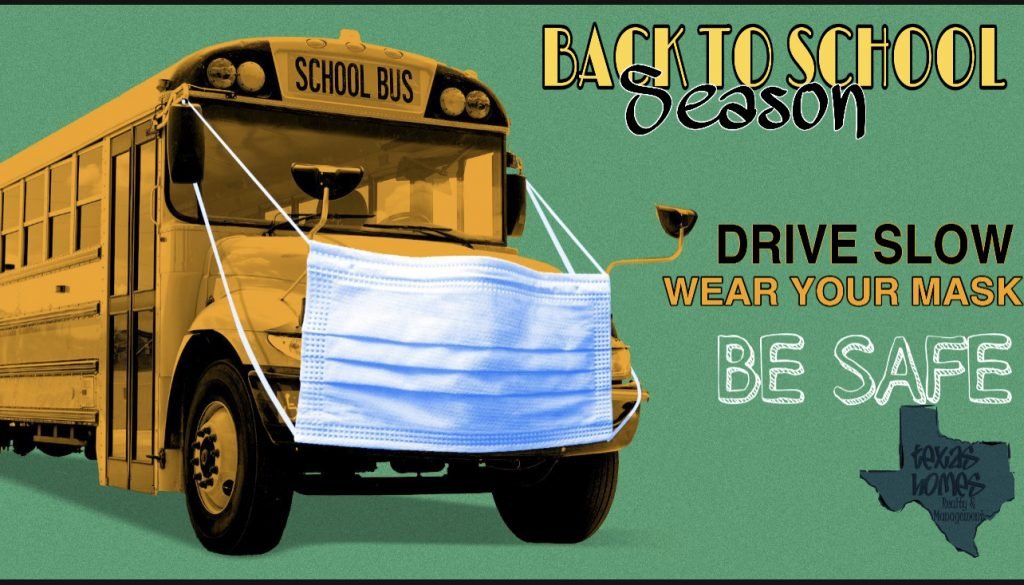Safety tips for returning to school during COVID-19
Returning to school has taken on new meaning and a new set of worries for parents and other caregivers during the age of coronavirus disease 2019 (COVID-19). Schools must now balance the educational, social and emotional needs of their students along with the health and safety of students and staff in the midst of the evolving COVID-19 pandemic.
The decision on what school and learning looks like is usually made on the local level by school boards and government officials. Overall, schools largely choose from one of three options:
- Distance learning. All instruction is done remotely in this model using technology and other tools.
- In-person schooling. This model is similar to traditional schooling with enhanced health and safety precautions and procedures.
- Hybrid schooling. This model includes elements of both distance and in-person schooling.
Schools may adopt one or more approaches during the course of the school year and pandemic. Being prepared for a variety of schooling environments can empower you and your child and reduce anxiety. In each case, there are steps you can take to reduce the risks of COVID-19, help your child feel safe and make informed decisions during the COVID-19 pandemic.
Steps to encourage social distancing during in-person schooling may include:
- Eliminating lockers or grouping them by student groups, or cohorts
- Creating one-way traffic in school hallways
- Using outdoor spaces when possible for instruction, meals and recess
- Reducing the number of children on school buses
- Spacing desks out and having them all face in the same direction
- Using physical barriers, such as plexiglass shields and partitions, to separate educators and students
- Dividing students up into distinct groups or cohorts that stay together during the school day and reducing interaction between different groups
WEAR A MASK
If your child’s school requires or encourages the use of cloth face masks, consider these tips:
- Wearing cloth face masks should be a priority especially when it’s hard to maintain social distance, such as on the bus, at carpool drop-off or pickup, and when entering the building.
- Have multiple cloth face masks available for your child. Provide your child with a clean mask and back-up mask each day and a clean, resealable bag for them to store the mask when they can’t wear it, such as at lunch.
- Label your child’s mask clearly so it’s not confused with another child’s.
- Practice properly putting on and taking off cloth face masks with your child while avoiding touching the cloth portions.
- Remind your child that they should clean their hands before and after touching their mask.
- Instruct your child to never share or trade masks with others.
- Talk to your child about the importance of wearing a face mask and model wearing them as a family.
- Discuss with your child why some people may not be able to wear face masks for medical reasons.
Don’t place a face mask on a child younger than age 2, a child who has any breathing problems, or a child who has a condition that would prevent him or her from being able to remove the mask without help.
b
